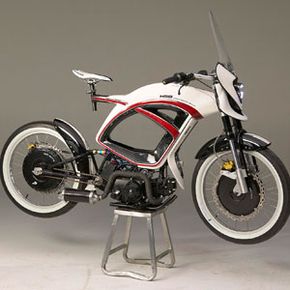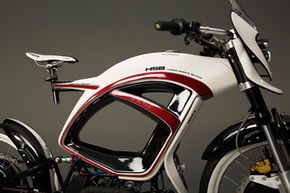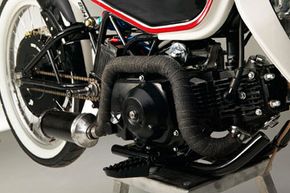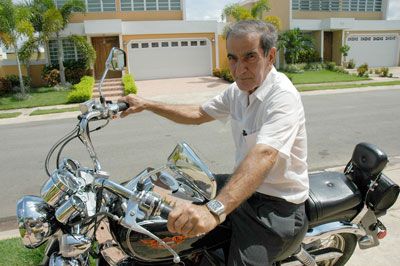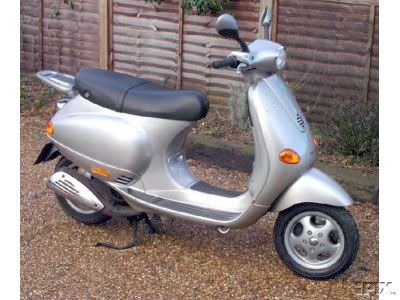The internal combustion engine is not typically considered a "clean energy" add-on. And on its own, that's a fair assessment. What it has going for it, though, when compared to the electric motor, is power. Lots of power.
The Hybrid Sports Bike is a departure from past hybrids in that it uses three sources of energy instead of two: human, electric and gas. The addition of a fossil fuel doesn't make the bike any greener; what it does is make the sometimes gas-sipping bike a more viable alternative to a constantly gas-guzzling car. It has more power and speed, plus a longer range than a bike running with solely electric assist.
The idea is this: Like the human-electric hybrid bike, the HSB can easily replace a car for quick trips around town. Even the least fit among us can manage a bike ride to the grocery store when an electric motor takes care of the inclines. Unlike the human-electric hybrid, though, the HSB could potentially replace the car for longer trips, and on busier roads, than current hybrid bikes can safely manage.
The "tri-hybrid" HSB, while billed by some as an upgrade on the hybrid bicycle, is really more of a hybrid motorcycle. While human propulsion is part of the power equation, it's not a central one, Bubilek says. Still, the machine looks a lot like a bicycle, albeit a futuristic one, with its 3-inch-wide (7.62-centimeter-wide) wheels and bicycle-style seat, pedals, gears and handlebars. And the bicycle systems all work: For trips to the neighborhood grocery store, there's no need to start up a motor.
For longer trips and higher speeds, though, there are two motors to choose from, electric and gas. Each is activated and deactivated manually via motorcycle-type handlebar controls. As of March 2013, the electric power on the HSB is a 1000-watt motor mounted in the rear wheel hub [source: Bubilek]. The electric battery that charges it is in the hub of the front wheel.
The gas engine is a 110-cubic-centimenter four-stroke, mounted near the pedals. It's on the underside of the frame, helping to keep the center of gravity low.
The gas tank is the only notably heavy component mounted high up, between the handlebars and the seat.
The design, then, focuses a lot on weight distribution. With most of the heavy parts mounted at or below the midline, the bike's low center of gravity allows for a high-speed hybrid motorcycle that can be slimmer and lighter than a traditional one. Bubilek quotes the total weight at 150 pounds (70 kilograms), compared to about 500 pounds (225 kilograms) for a typical sports bike, and the top speed at 70 mph (112 kph) [source: Sport Rider]. That's comparable to the average all-gas-powered scooter and a lot faster than the average, range-limited all-electric one [source: Top Speed].
Who knows about the legality of the tri-powered bike? Talk about difficult to classify. But the prototype represents an innovative approach to eco-friendlier transport that may cause ripples, and traffic regulations will likely have to make adjustments as the hybrid movement unfolds, anyway.
As of early 2013, the inventor is waiting to see if his Hybrid Sports Bike receives as warm a reception from investors as it did from the folks at the auto show. "The next generation of the HSB," Bubilek says, "is geared toward production."
